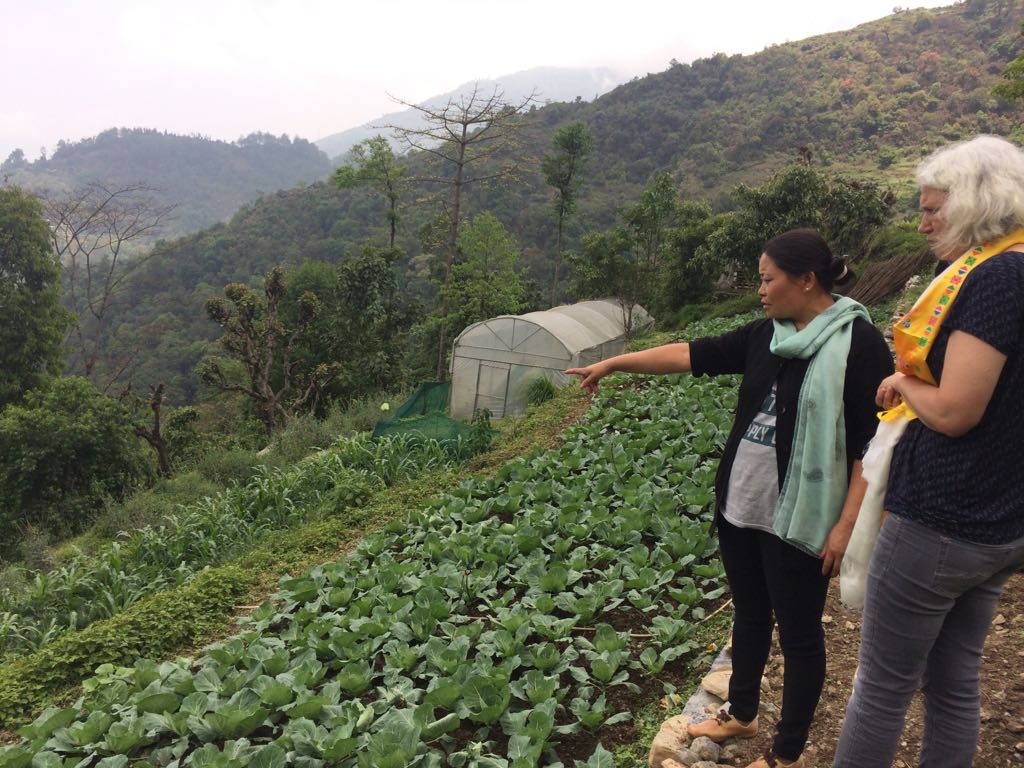

Despite being a small state, Sikkim’s visionary leadership is receiving extensive attention in India and appears destined to reverberate worldwide. Neighbouring countries and states show high interest in replicating and many other countries, especially in Asia, invited Sikkim to exchange its experiences.
Bhutan has already set out a new road map towards becoming a 100 per cent organic state by 2023, and now a number of Indian states are interested in following the wish of the India’s Prime Minister to see the whole of North India converting to organic agriculture. At the beginning of 2018, Uttakarand became the second Indian state to promise broader support to organic farming for its 1.6 million farmers, announcing an action plan backed by approximately EUR 189 million of federal funding for the next three years. Organic agriculture can help India to achieve its own sustainable development goals, including doubling the income of rural farmers by 2022, if more Indian states adopt Sikkim’s model of organic farming.
- Political commitment was key. Sikkimese political support to organic farming in Sikkim began in 2003 and was consolidated in 2010 with the design of the Sikkim Organic Mission.
- Consistency and perseverance: The goal was reached within just 12 years.
It was critical to have full political support and to design a road map that clearly detailed all the measures necessary to achieve the target of becoming a fully organic state by 2015.